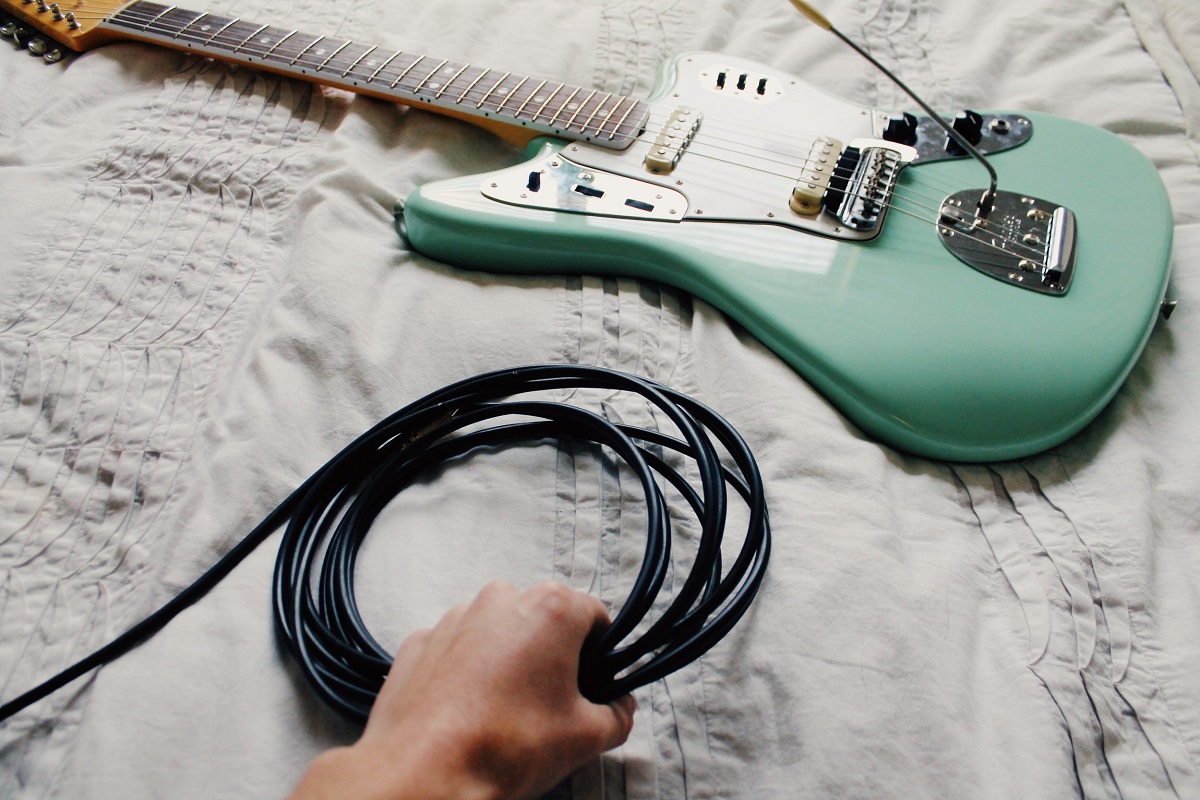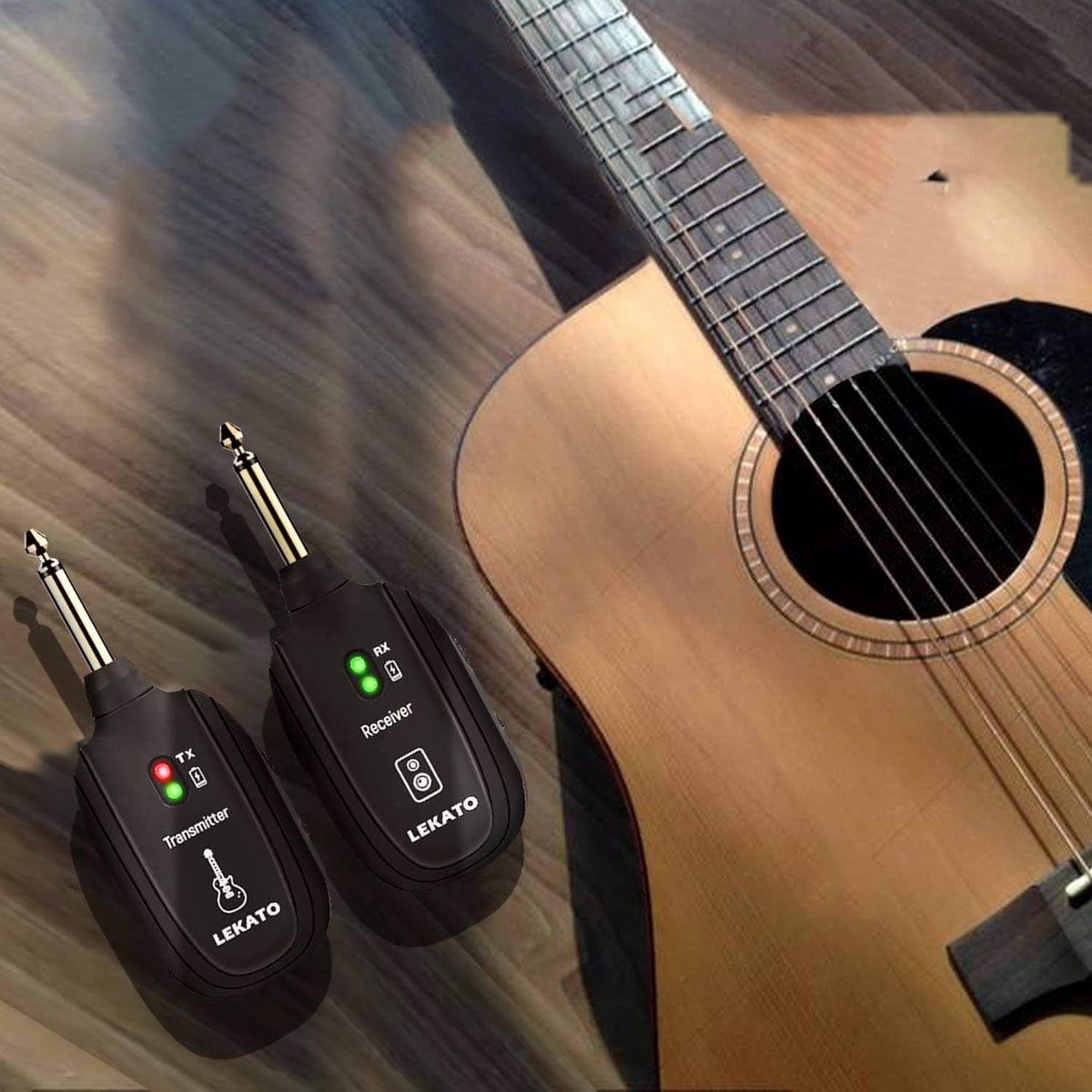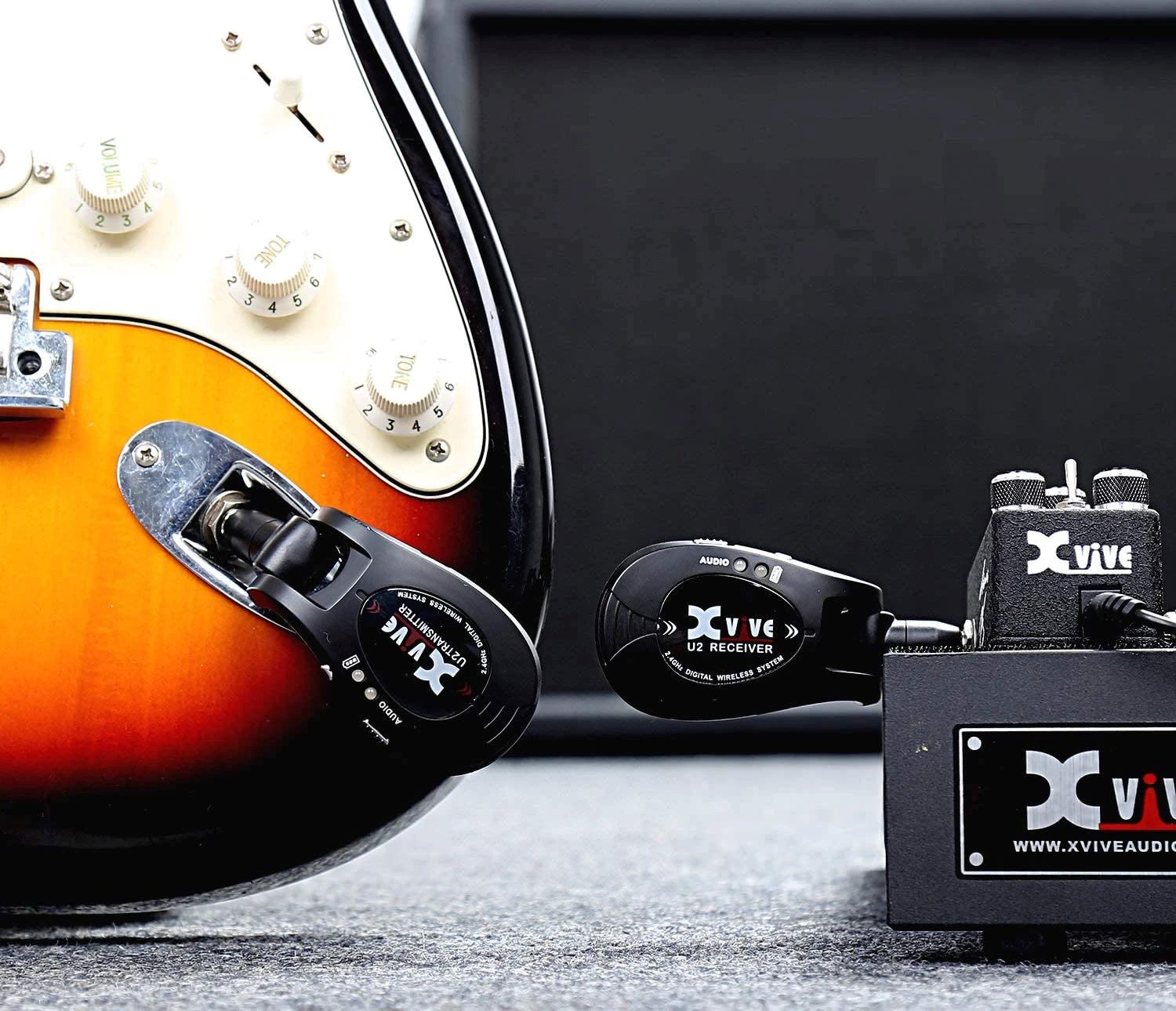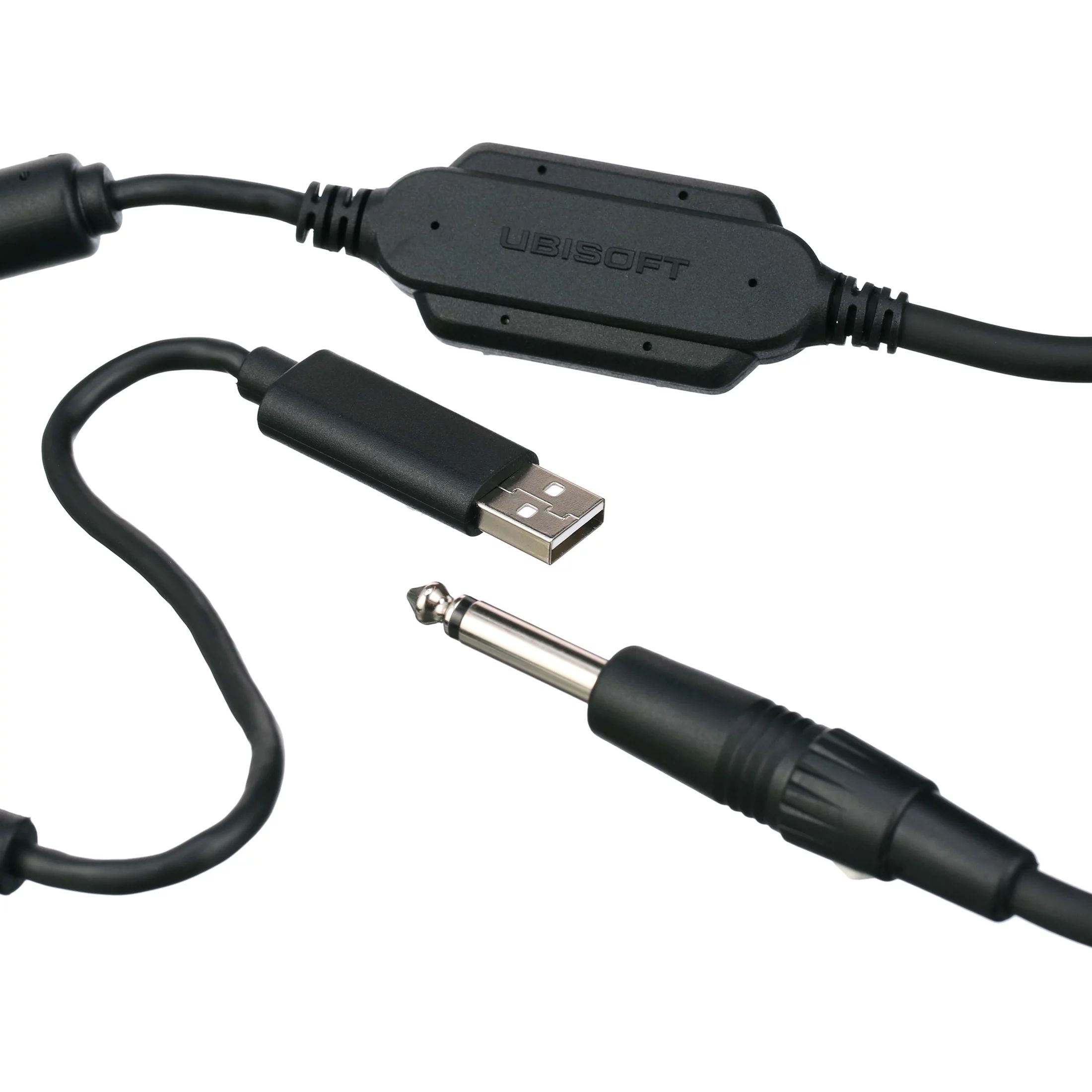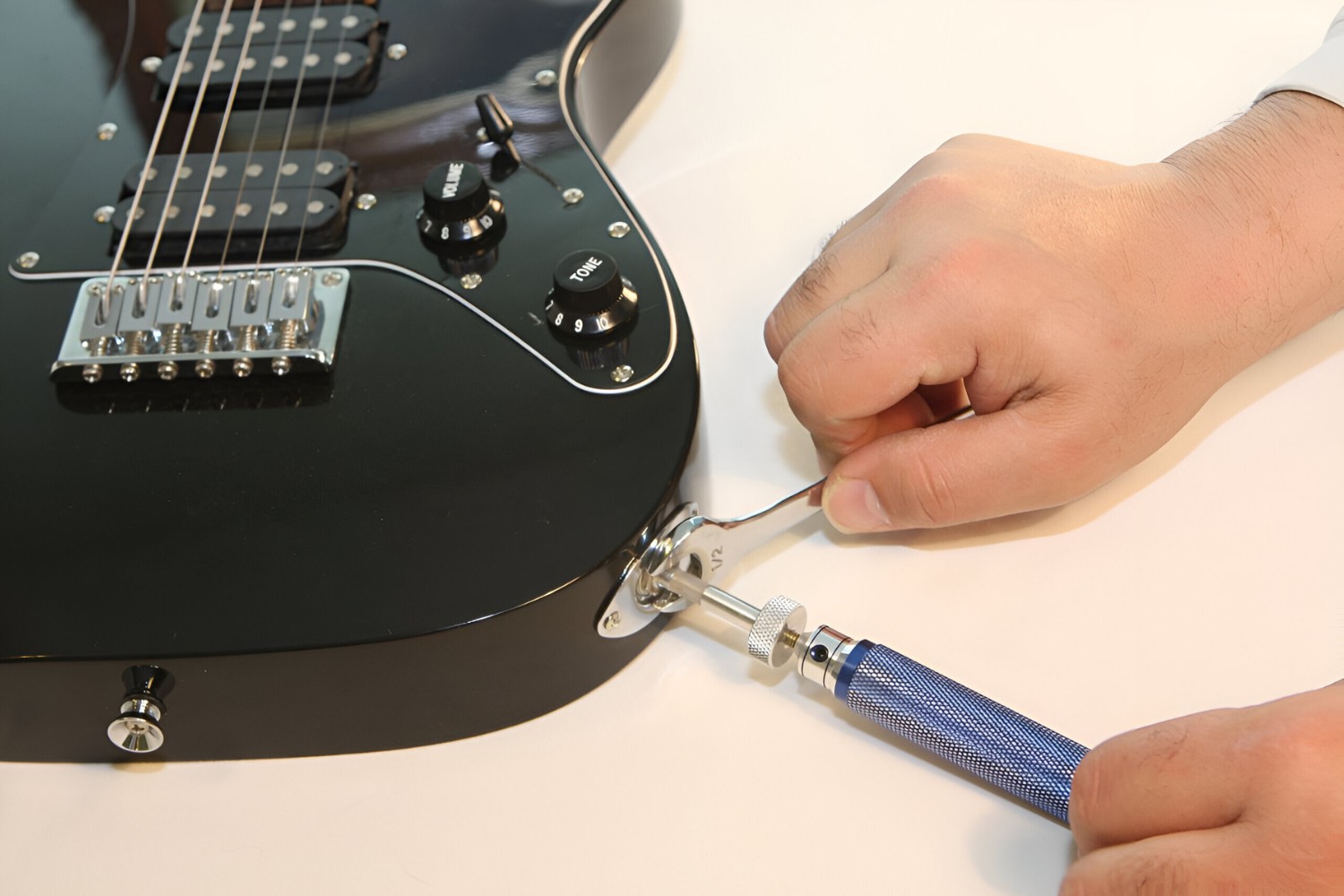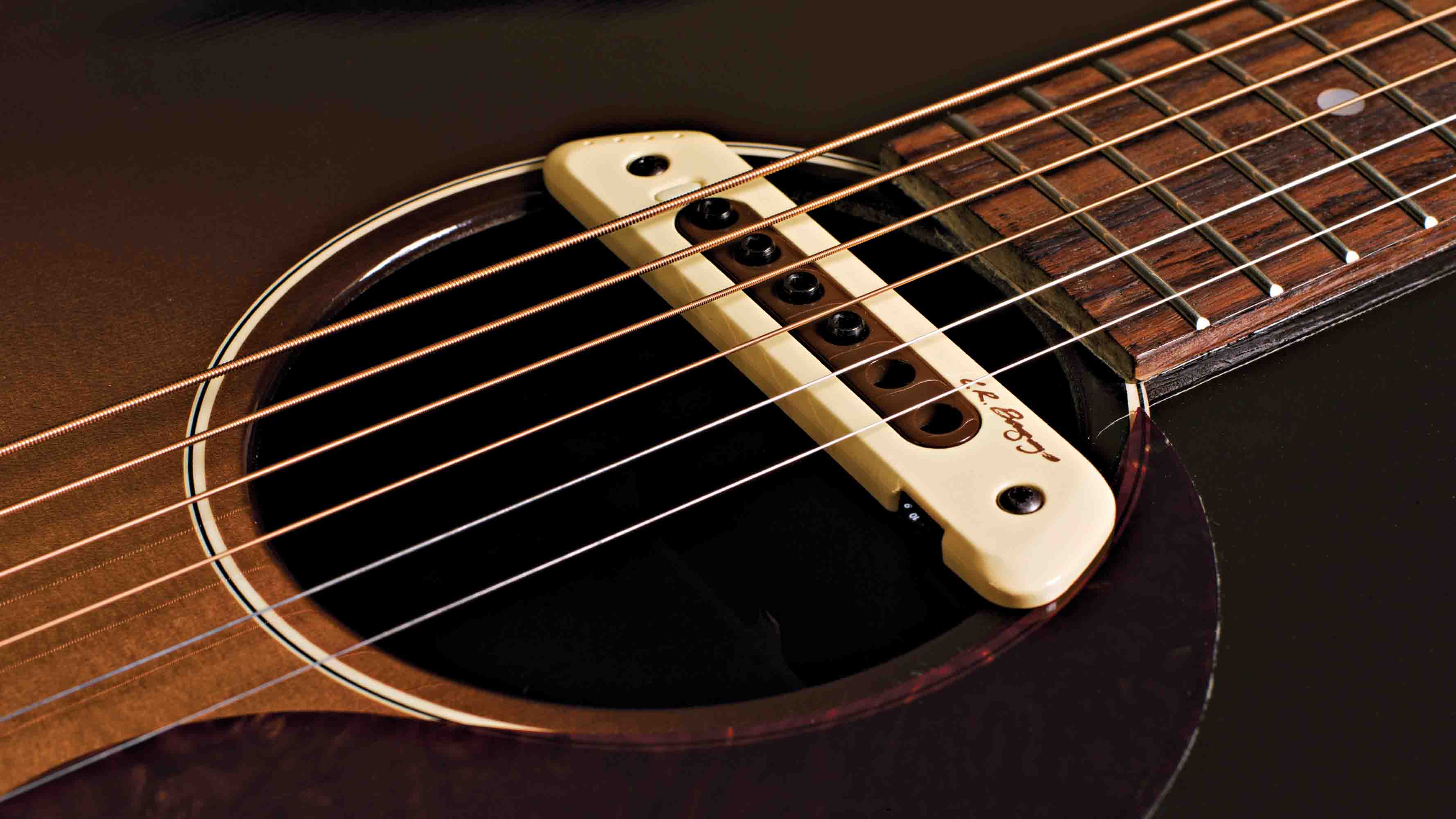Introduction
When it comes to playing an electric guitar, the type of cable you use can significantly impact the sound quality and overall performance. A guitar cable serves as the vital link between the instrument and the amplifier, transmitting the intricate nuances of the player's performance. Understanding the different types of cables available, along with the factors to consider when selecting one, is crucial for any guitarist seeking to optimize their sound.
The cable used with an electric guitar is not just a simple wire; it is a conduit for artistic expression, faithfully transmitting the player's unique style and tone. As such, choosing the right cable is essential for achieving the desired sound and ensuring a reliable connection during performances or recording sessions.
In this article, we will explore the various types of cables designed for electric guitars, the factors to consider when choosing a cable, common issues that guitarists encounter with their cables, and tips for maintaining and caring for these essential accessories. Whether you are a seasoned guitarist or a beginner looking to delve into the world of electric guitar, understanding the nuances of guitar cables is fundamental to achieving optimal sound and performance. So, let's dive in and unravel the intricacies of electric guitar cables.
Types of Cables for Electric Guitars
When it comes to electric guitar cables, there are several types to choose from, each with its own unique characteristics and applications. Understanding the distinctions between these cables is crucial for selecting the most suitable option for your specific needs. Here are the primary types of cables used with electric guitars:
- Standard Instrument Cable: This is the most common type of cable used with electric guitars. It typically features a 1/4-inch TS (tip-sleeve) connector on both ends and is designed to carry the electrical signal from the guitar to the amplifier. Standard instrument cables are suitable for general use and come in various lengths to accommodate different performance setups.
- Patch Cable: Patch cables are shorter in length and are commonly used to connect guitar effects pedals on a pedalboard. These cables often have a compact, low-profile design to minimize clutter and optimize pedalboard space. They are available in various lengths and are essential for creating a streamlined and efficient pedalboard setup.
- Balanced Cable: While primarily used in professional audio setups, balanced cables can also be utilized in certain electric guitar applications. These cables feature a TRS (tip-ring-sleeve) connector on each end and are designed to minimize interference and noise, making them suitable for longer cable runs where signal integrity is crucial.
- Cloth-Covered Cable: Known for their vintage aesthetic, cloth-covered cables offer a classic look and are favored by musicians seeking to evoke a retro vibe. While their appearance is distinct, the internal components and functionality of cloth-covered cables are similar to standard instrument cables.
Each type of cable serves a specific purpose and offers unique benefits, so it’s essential to consider the intended application and performance requirements when choosing a cable for your electric guitar. By understanding the characteristics of each cable type, you can make an informed decision that aligns with your musical preferences and technical needs.
Factors to Consider When Choosing a Cable
When selecting a cable for your electric guitar, several factors should be taken into account to ensure optimal performance and reliability. Understanding these considerations will empower you to make an informed decision that aligns with your specific musical requirements. Here are the key factors to keep in mind when choosing a cable for your electric guitar:
- Length: The length of the cable is a crucial consideration, especially for live performances and studio recording. Longer cable lengths can lead to signal degradation and increased susceptibility to interference. It’s important to choose a cable length that provides sufficient mobility without compromising signal integrity.
- Connector Type: Different connectors, such as TS, TRS, and angled connectors, offer varying degrees of durability and convenience. Understanding the compatibility of connectors with your guitar, amplifier, and other equipment is essential for seamless connectivity and reliable performance.
- Signal Quality: The cable’s construction and shielding significantly impact signal quality. High-quality cables with effective shielding minimize signal loss and interference, resulting in a cleaner and more articulate sound. Investing in cables with superior signal integrity can enhance the overall tonal characteristics of your electric guitar.
- Flexibility and Durability: A cable’s flexibility and durability are vital for withstanding the rigors of regular use. Flexible cables are easier to maneuver and coil, while durable construction ensures longevity and resilience against wear and tear. Consider the materials used in the cable’s construction, such as high-quality insulation and robust connectors, to assess its suitability for long-term use.
- Budget and Value: While it’s important to prioritize quality and reliability, considering your budget and the overall value offered by the cable is essential. Finding a balance between cost and performance can lead to a satisfying investment that meets your needs without exceeding your financial constraints.
By carefully evaluating these factors, you can make an informed decision when choosing a cable for your electric guitar. Whether you prioritize signal purity, durability, or budget-conscious options, understanding the nuances of cable selection empowers you to enhance your musical experience and achieve the desired sonic results.
Common Issues with Guitar Cables
While guitar cables are essential components of the signal chain for electric guitars, they are susceptible to various issues that can affect performance and reliability. Understanding these common challenges empowers musicians to mitigate potential problems and maintain consistent signal integrity. Here are some prevalent issues that guitarists may encounter with their cables:
- Intermittent Connectivity: One of the most common issues with guitar cables is intermittent connectivity, often resulting in sound dropouts or crackling noises. This can be caused by loose or damaged connectors, internal wiring issues, or worn-out cable insulation. Regularly inspecting and maintaining cable connectors and components can help prevent intermittent connectivity problems.
- Signal Degradation: Over time, guitar cables can experience signal degradation, leading to a loss of high-frequency content and overall clarity. Factors such as cable length, inadequate shielding, and wear on the internal conductors can contribute to signal degradation. Choosing high-quality cables with effective shielding and conducting periodic cable inspections can mitigate this issue.
- Physical Damage: Cables are often subjected to physical stress during performances, rehearsals, and transportation, increasing the risk of damage. Common forms of physical damage include cuts, kinks, and fraying of the cable’s outer insulation. Proper coiling and storage techniques, along with using cable protectors and strain relief features, can help prevent physical damage to guitar cables.
- Noise and Interference: External electromagnetic interference and radio frequency interference can introduce unwanted noise into the signal path, affecting the overall sound quality. Inadequate shielding, proximity to power sources, and suboptimal cable routing can contribute to noise and interference issues. Utilizing well-shielded cables and employing proper cable management practices can minimize these challenges.
- Connector Wear and Tear: The connectors on guitar cables are subject to frequent plugging and unplugging, leading to wear and potential failure over time. Loose or damaged connectors can result in poor connectivity and signal loss. Regularly inspecting and, if necessary, replacing connectors can help address and prevent connector-related issues.
By being aware of these common issues and implementing proactive maintenance and care strategies, guitarists can mitigate potential cable-related challenges and ensure consistent performance and signal integrity. Addressing these issues promptly can contribute to a seamless and reliable musical experience, whether on stage, in the studio, or during practice sessions.
Tips for Maintaining and Caring for Guitar Cables
Proper maintenance and care are essential for preserving the performance and longevity of guitar cables. By implementing effective maintenance practices, musicians can mitigate common issues and ensure consistent signal integrity. Here are valuable tips for maintaining and caring for guitar cables:
- Coiling and Storage: When coiling guitar cables, use the over-under method to prevent kinks and twists that can damage the internal conductors. Avoid tightly coiling cables, as this can lead to strain and deformation. Store cables in a clean, dry environment, away from extreme temperatures and potential sources of physical damage.
- Regular Inspection: Routinely inspect the connectors, cable insulation, and overall condition of the cable for signs of wear, damage, or connectivity issues. Address any issues promptly to prevent further deterioration and maintain optimal performance.
- Proper Handling: When connecting and disconnecting cables, grasp the connectors rather than pulling on the cable itself. This minimizes stress on the internal wiring and connectors, reducing the risk of damage and connectivity issues.
- Utilize Cable Management Tools: Cable ties, Velcro straps, and cable organizers can help manage and secure cables, preventing tangles, knots, and potential damage during transportation and performances. Proper cable management contributes to the longevity of guitar cables.
- Invest in Quality Cables: Prioritize high-quality cables with durable construction, effective shielding, and reliable connectors. While initial investment may be higher, quality cables are more resilient and offer superior performance, resulting in long-term cost savings and enhanced reliability.
- Avoid Excessive Tension: Minimize tension and strain on cable connectors by ensuring that cables are not pulled taut or subjected to excessive bending angles. Strain relief features and proper cable routing can help prevent connector damage and signal loss.
- Perform Regular Testing: Periodically test cables for continuity and signal integrity using a cable tester or a known working setup. Identifying potential issues early allows for timely maintenance and prevents performance disruptions.
By incorporating these maintenance tips into their routine, guitarists can extend the lifespan of their cables and maintain consistent signal quality. Caring for guitar cables not only preserves their performance but also contributes to a seamless and reliable musical experience, whether on stage, in the studio, or during practice sessions.
Conclusion
As the vital link between the electric guitar and the amplifier, guitar cables play a pivotal role in shaping the sonic experience of musicians. Understanding the diverse types of cables available, the factors to consider when selecting a cable, common issues that may arise, and effective maintenance practices is essential for any guitarist seeking to optimize their sound and ensure reliable performance.
By recognizing the significance of cable length, connector types, signal quality, flexibility, and budget considerations, musicians can make informed decisions when choosing a cable that aligns with their specific needs and preferences. Additionally, being mindful of common cable-related issues such as intermittent connectivity, signal degradation, physical damage, noise, and connector wear empowers guitarists to proactively address these challenges and maintain consistent signal integrity.
Implementing proper maintenance and care strategies, such as utilizing the over-under coiling method, regular inspection, and proper handling, contributes to the longevity and performance of guitar cables. Investing in high-quality cables and employing effective cable management practices further enhances the reliability and durability of these essential accessories.
Ultimately, by embracing the nuances of electric guitar cables and integrating these insights into their musical endeavors, guitarists can elevate their sonic expression, minimize performance disruptions, and embark on a seamless musical journey. Whether on stage, in the studio, or during practice sessions, the conscientious selection, maintenance, and care of guitar cables are fundamental to achieving optimal sound and ensuring a consistent and reliable connection between the instrument and the amplifier.
As musicians continue to explore new sonic frontiers and push the boundaries of creative expression, the role of guitar cables remains indispensable, serving as the steadfast conduit for translating passion and artistry into captivating music.







